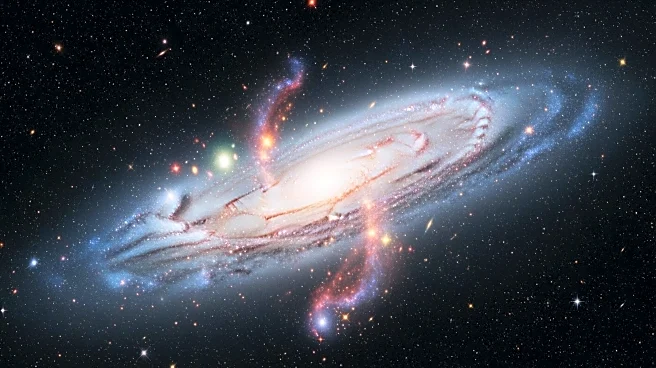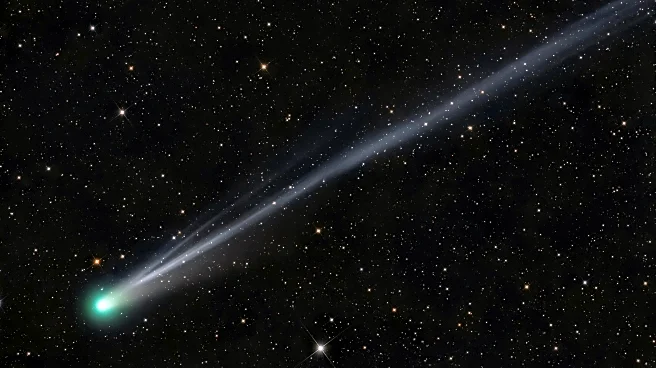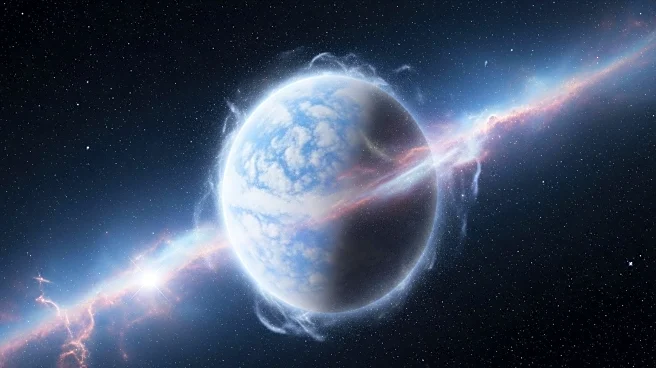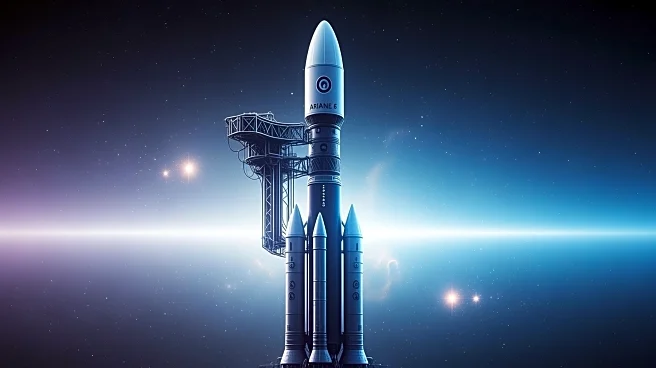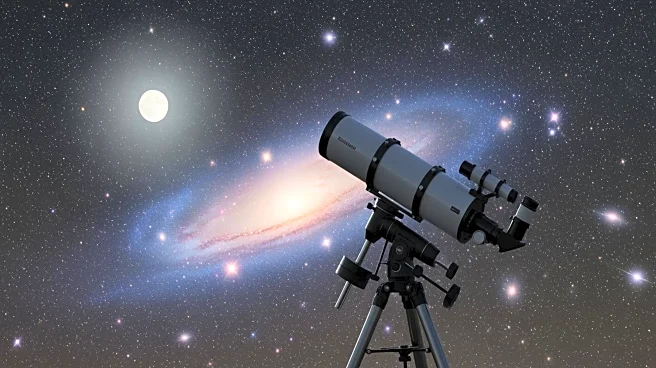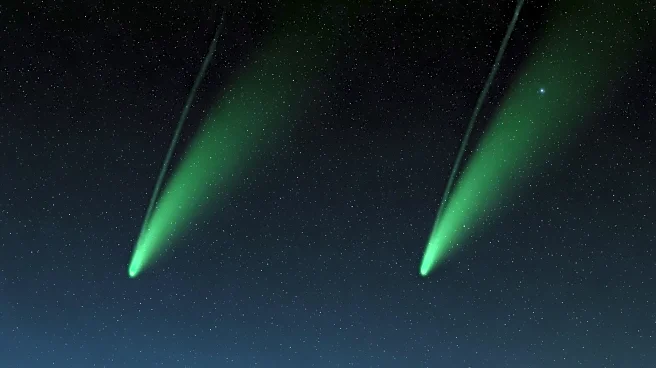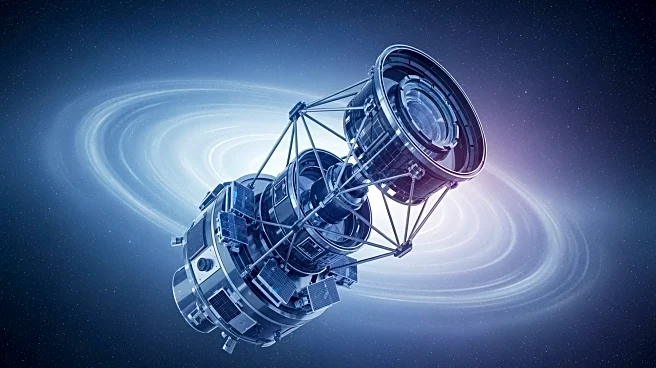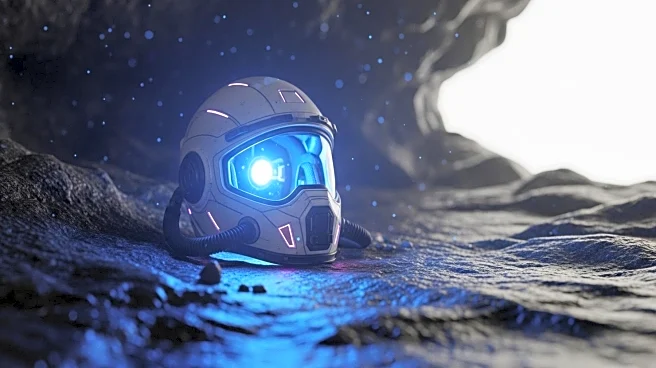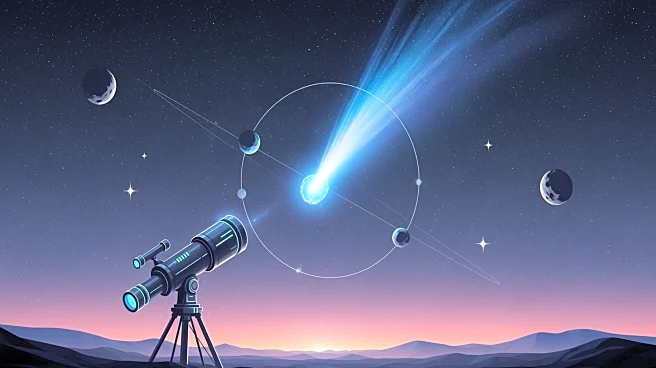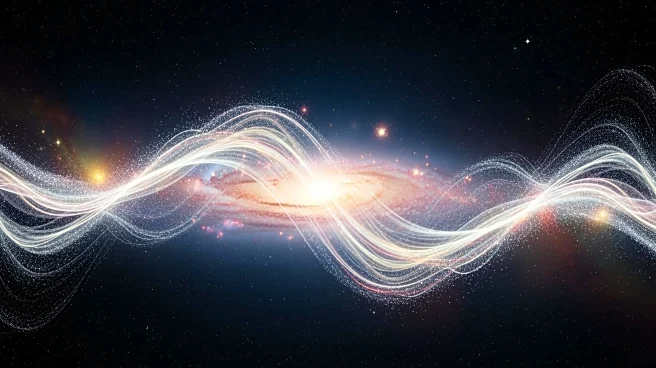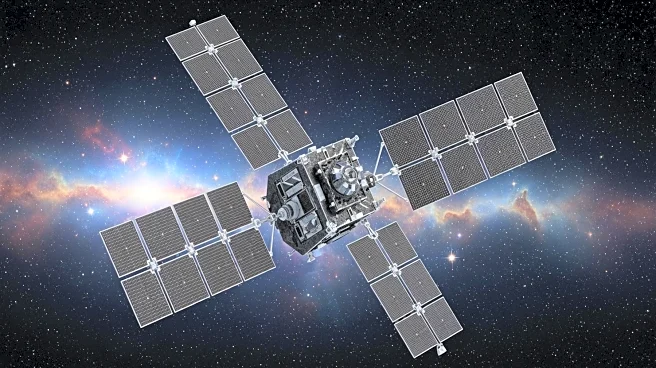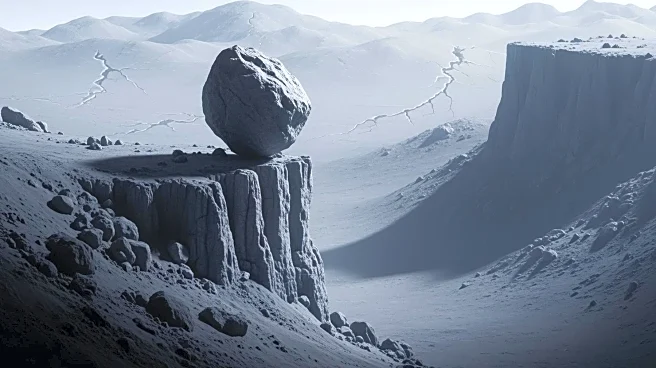What's Happening?
NASA and the European Space Agency (ESA) are offering public access to a vast array of space photography online. These images, captured by advanced telescopes such as the Hubble and James Webb, provide detailed views of distant galaxies, nebulae, and other
celestial bodies. The initiative allows anyone, from students to amateur astronomers, to explore the universe without needing expensive equipment. NASA's website hosts dedicated pages for the James Webb and Hubble missions, while ESA collaborates with other space organizations to share data and coordinate missions. Additionally, platforms like Reddit's Astrophotography subreddit and AstroBin offer communities for amateur photographers to share and discuss their work.
Why It's Important?
The availability of high-quality space photography online democratizes access to scientific data, enabling educational and research opportunities for individuals and institutions without direct access to space technology. This initiative supports public interest in space exploration and science, potentially inspiring future generations of scientists and astronomers. By providing these resources, NASA and ESA contribute to global scientific literacy and foster international collaboration in space research. The images also serve as a tool for educators to engage students in STEM subjects, promoting a deeper understanding of the universe.
What's Next?
As technology advances, the quality and quantity of available space imagery are expected to increase, offering even more detailed views of the universe. NASA and ESA may continue to expand their online archives, incorporating new data from upcoming missions and telescopes. This could lead to further collaborations with educational institutions and amateur astronomers, enhancing the collective knowledge of space. Additionally, the growth of online communities dedicated to astrophotography may drive innovation in imaging techniques and equipment, further enriching the field.
Beyond the Headlines
The ethical considerations of data sharing and usage rights are important aspects of this initiative. Ensuring that images are used appropriately and respecting copyright laws are crucial for maintaining the integrity of scientific work. Moreover, the collaboration between international space agencies highlights the importance of global cooperation in addressing complex scientific challenges. This approach not only advances our understanding of space but also sets a precedent for collaborative efforts in other scientific domains.
